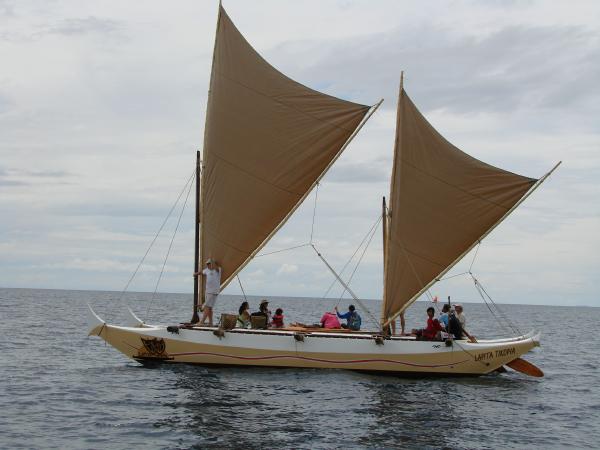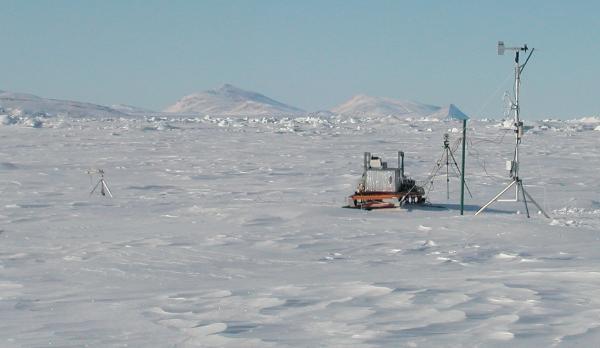Two Durham University scientists are playing a key part in a 3,000 mile trip following the migration route of ancient Pacific cultures. Drs Keith Dobney and Greger Larson, both from the Department of Archaeology, are taking part in the voyage, which will be the first ever expedition to sail in two traditional Polynesian boats - ethnic double canoes - which attempts to re-trace the genuine migration route of the ancient Austronesians.
In the Arctic in spring, the snow cover gives off nitrogen oxides. This phenomenon, the extent of which had not been previously realized, is the source of one third of the nitrates present in the Arctic atmosphere, according to researchers from CNRS, the Université Joseph Fourier and the Université Pierre et Marie Curie[1]. They made a quantitative study of the origin and evolution of nitrogen compounds in the Arctic atmosphere, in order to understand their environmental impact on this region. These findings are published in the 31 October 2008 issue of the journal Science.
The Data Management Group (DAMA-UPC), led by Josep Lluís Larriba, has designed a system for searching for information in a network or graph that can complement Internet search engines and is of special interest to biomedicine, social networks, the Internet, fraud detection in different environments and advanced bibliographical searches.
Searching and querying large volumes of networked data using a new technology patented by the UPC is now a reality with DEX. The system offers high-speed processing, configurable data input using heterogenous sources, and management of networks with billions of nodes and connections from a desktop PC.
The truth is, few people know the first thing about clinical research. The public reads about a medical research project that announces unbelievable results for a miraculous drug and often jokes that it will later turn out just the opposite will be true.
And the public is often right. For example, a 1994 headline in the San Francisco Chronicle announced “Hormones cut women’s risk of heart disease” but by 2001 that optimistic report was reversed as evidenced by a Washington Post article titled, “Hormones don’t protect women from heart disease.”
As airports become stretched to capacity and calls mount for new runways and terminals, a computer scientist in Greece has designed a system that could ensure as many seats as possible are filled on each flight and no one is left stranded at check-in. If you're one of those people who has logged numerous free miles giving up your seat and getting a free ticket in return, that could be bad news.
Montana State University scientists concerned about lethal mold infections have found a gene that regulates the mold's resistance to drugs.
The gene, called srbA, allows molds to thrive during infections even when inflammation reduces its oxygen supply, said Robert Cramer, senior author of a paper published in the Nov. 7 issue of PLoS Pathogens. When the gene is removed, the mold becomes much more vulnerable to lack of oxygen and can no longer grow to cause disease.
 Study: Caloric Restriction In Humans And Aging
Study: Caloric Restriction In Humans And Aging Science Podcast Or Perish?
Science Podcast Or Perish? Type 2 Diabetes Medication Tirzepatide May Help Obese Type 1 Diabetics Also
Type 2 Diabetes Medication Tirzepatide May Help Obese Type 1 Diabetics Also Life May Be Found In Sea Spray Of Moons Orbiting Saturn Or Jupiter Next Year
Life May Be Found In Sea Spray Of Moons Orbiting Saturn Or Jupiter Next Year








